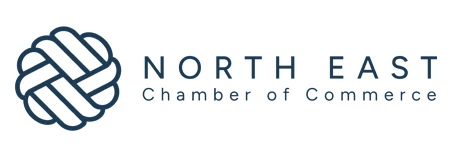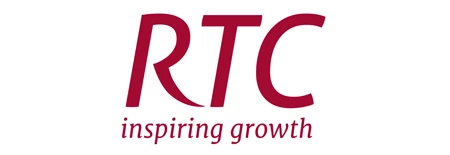Partner Article
Don’t walk before you can run meetings
Wired is the publication that coined the phrase ‘crowdsourcing’, which describes the process of obtaining services or ideas by soliciting contributions from an online community – a prime example of technology facilitating collaborative endeavor
Such a title is perhaps not where one might expect to find an article on the dangers of technology ‘disconnecting’ rather than ‘connecting’ us, which is why I was surprised to see this very point argued in a recent article by Nilofer Merchant on how to stage effective meetings.
Merchant posits that the “absence of a device” is what creates the ability to create an environment in which meeting attendees are able to give their “full attention” to discussions and keep their “relationship bank balance high”.
In fact, Merchant doesn’t just believe technology is getting in the way of effective meetings – she believes the fact that they’re all too often held in meeting rooms is actually one of the major problems. She prefers “walking meetings”, in which participants walk side-by-side and discuss ideas.
It’s an interesting concept, but I’m not entirely convinced that a meeting will always be more productive because of the absence of technology or the fact that the participants are walking.
Instead, I feel the more valuable point to take away from the article is that a one-size-fits-all approach to meetings is unlikely to result in optimum productivity.
There are of course some fairly general truths about meeting formats – the ability to concentrate on the issue at hand, free from distractions, will nearly always be important – but that doesn’t mean that one meeting format can meet all requirements.
On the matter of technology, I’m a strong believer in its ability to connect us, while recognising that it doesn’t always achieve this.
Indeed, in some circumstances, technology is enabling more personable collaboration than would otherwise be practical, such as in the instance of geographically dispersed freelancers discussing a project via video conferencing.
There’s also research that underlines the added value offered by video conferencing, which has been shown to improve concentration – participants remain focused on the discussion in hand for an average of 35 minutes, compared to only 23 minutes on a telephone call.
A combination of a suitable meeting format and intelligently deployed technology is the key to engaging and productive meetings – effective collaboration will be a walk in the park.
This was posted in Bdaily's Members' News section by David Saul .
Enjoy the read? Get Bdaily delivered.
Sign up to receive our popular morning National email for free.








 The real cost of tendering for construction SMEs
The real cost of tendering for construction SMEs
 A welcome step forward – but let’s keep pushing
A welcome step forward – but let’s keep pushing
 Industrial strategy 'can drive business forward'
Industrial strategy 'can drive business forward'
 Industrial strategy 'can be game-changer we need'
Industrial strategy 'can be game-changer we need'
 Driving skills forward with near £100,000 boost
Driving skills forward with near £100,000 boost
 What pension rule changes could mean for you
What pension rule changes could mean for you
 North East can't be an afterthought in AI future
North East can't be an afterthought in AI future
 Understanding the impact of the Procurement Act
Understanding the impact of the Procurement Act
 Is the UK losing ground in life sciences investment?
Is the UK losing ground in life sciences investment?
 Construction workforce growth can't be a quick fix
Construction workforce growth can't be a quick fix
 Why it is time to give care work a makeover
Why it is time to give care work a makeover
 B Corp is a commitment, not a one-time win
B Corp is a commitment, not a one-time win